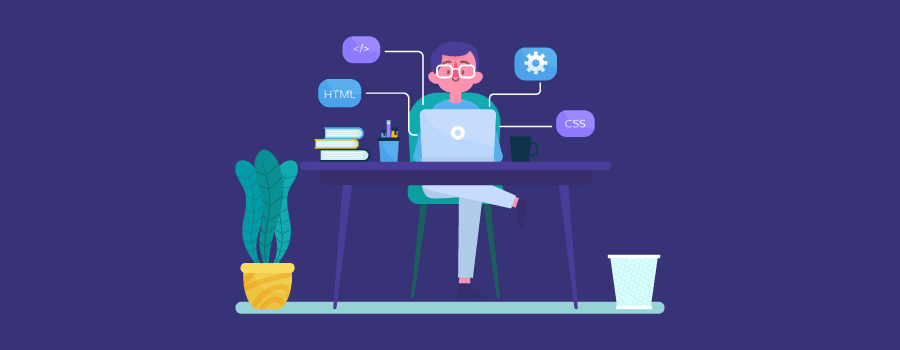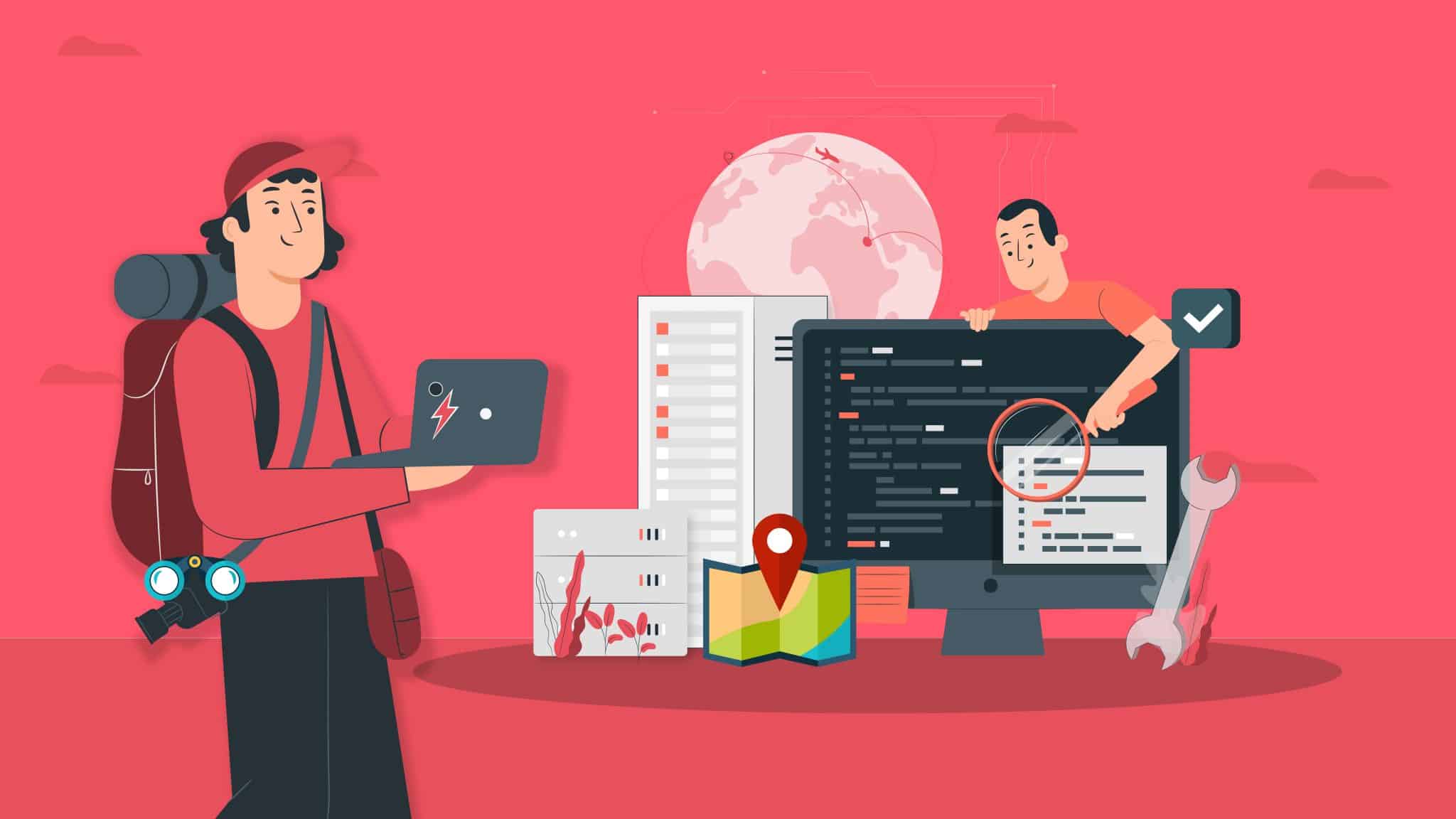Software testing is vital if you want to release bug-free applications. But how easy is your application to test? Here, we discuss software testability and ways to make a User Interface (UI) more testable.
Every software project is different. The team we work with, the product we plan to deliver and the technology we use, even the philosophy of a company – everything is different. It is necessary to find out these differences when adapting to a new context, and the sooner it is done the better our testing approach will be. Testability is a broader term used to define all these characteristics. It can be simply defined as the ability to test and there are a number of factors that have an impact on testability. However, awareness regarding these factors can make everything easier.
You might assume that all applications are equally easy or hard to test. But once you have a look at how developers write unit tests, your opinion might change. Without suitable grounds for testing, many functions can only be tested by calling them from somewhere and checking their results. Such functions may not be very testable. But a well-designed function will include its own unit tests that allow testers to verify that all functions are working correctly. Thus, this makes the function testable.
Testability is mainly about two things. Firstly, can testers actually test an application. Secondly, how likely is it that the tests will identify any bugs. These two factors are closely related to the testability of your application. There are serious challenges for manual and automated tests when it comes to functional UI testing. Let’s have a look at them before finding ways to make your application more testable.
Challenges posed to Automated Testing
Automated testing replicates the actions of a real-user while a computer interacts with a UI. This includes functions like the selection of items on the screen, clicking buttons, entering data in fields, etc. Automated software testing tools use scripting to do so. These scripts select an element from UI, then perform an action on that element. Most test automation tools are based on scripting languages like JavaScript. The problem here is that, when changes to UI are made, it risks changing the selectors. As a result, it will break the test and you will have to rewrite the test scripts.
Challenges of Manual Testing
Automation testing can never completely take over manual testing. One of the major advantages that manual testers have is that they are humans and more intelligent than computers. This means that the challenges they face are different from those posed by test automation. A major issue in manual testing could be the application state. A real-user can build up a complex application state which means that replicating with manual tests can be time-consuming and daunting. Moreover, repeating the same tests is even more challenging.
Common Problem in Manual & Automated Testing
Test data – a common issue that appears in both manual and automated testing. If testers are going to test a system, they need suitable test data. They might just use their real customer data. But if your application deals with sensitive data, let’s say banking data, QA teams cannot just be allowed to access this data. On the other hand, if you have a new system there won’t be any test data yet. In both situations, you will have to create fake test data. Although it sounds easy, it comes with a number of issues too.
How to Improve Testability
Improving software testability is more about improving code. This includes things like adding more explicit unit tests, utilizing tools to measure test coverage, code reviews, etc. At the integration test level, it is crucial to understand how each subsystem should function and may also require creating code to test for this. The following are a few ways to improve testability:
Make UI More Testable
Let’s explore what you can do to make your UI more testable.
Better Element Naming
Software developers can improve testability if they ensure that they name every element in the UI correctly. This is a huge challenge in large projects where there are big teams including frontend engineers and when teams are developing UIs for different platforms.
Adding Tools for Testers
Manual testing is simpler if you build tools specifically for this. For instance, testers should be equipped with tools that make it easy to place the application into a known state.
Accurate Test Environment
Although it can be challenging, yet it can help achieve accurate results for both manual and automated testing if your test environment replicates the production environment. All you need to do is ensure that the staging environment is as close to the actual as possible. This includes using the same versions of software, similar servers, etc.
Consistent Design
Consistent design is the key to ensure good user experience. However, if you manage to get a consistent design, this can improve your software testability. It makes the process much easier for testers. They can easily reuse the test modules and understanding how the UI works help in making it more testable.
Using ML and AI for Data Generation
Additionally, in modern times, organizations can also use machine learning (ML) and artificial intelligence (AI) to generate data that does not replicate the original database. Testing teams can utilize data that does not compromise the sensitive user information, yet can be helpful in making the tests more testable.
Internal Logging
The accurate logging of the internal state can help in manual testing. It makes it easier for testers to check what is going on during any test. It is obvious that more logging will affect your application but it will make the backend API visible to the testers.
Conclusion
The most failed application is the one with the least testability. Improving software testability will help in improving the overall software development process. Test automation significantly improves testability. Moreover, it is important to use realistic test data to achieve practical results. A good alternative here is to use synthetic data. In order to create synthetic data, take the real production data, and use it to create a machine learning (ML) model. This model can help generate data that is close to the real data but anonymous. Although it may be difficult to achieve, with artificial intelligence (AI) it possible to open doors to new opportunities with realistic data.


























